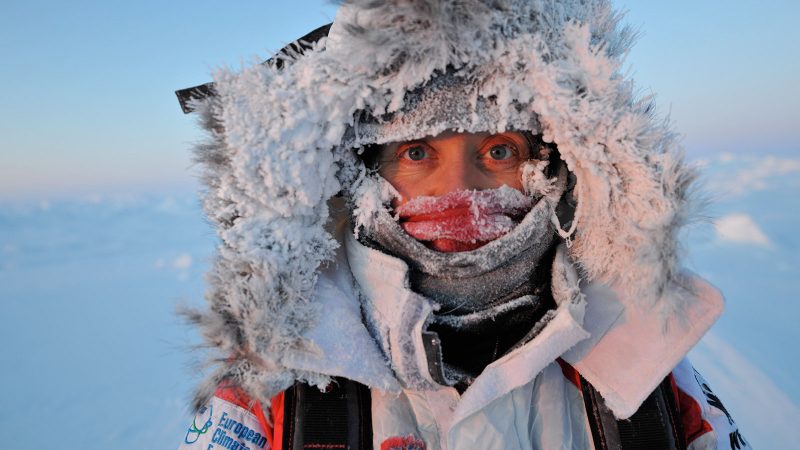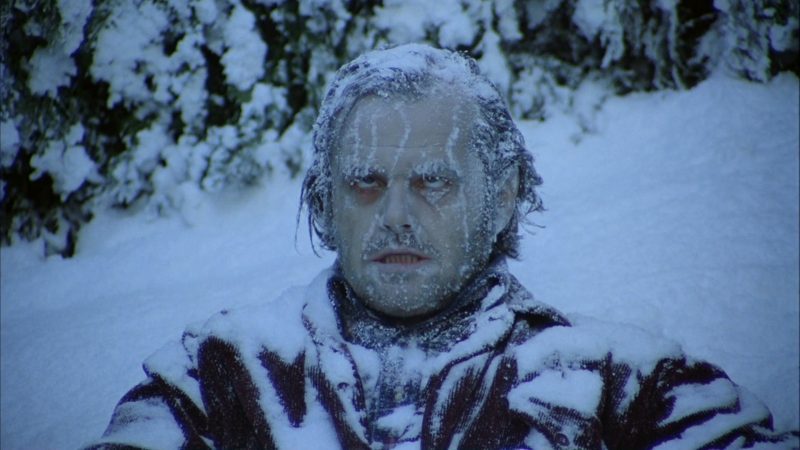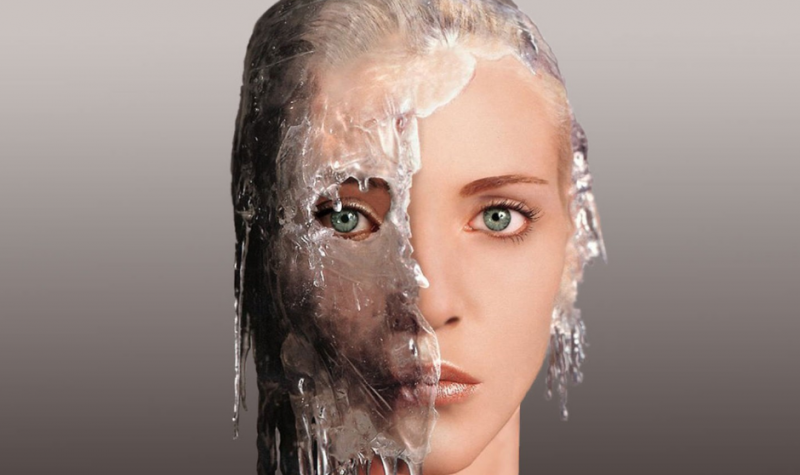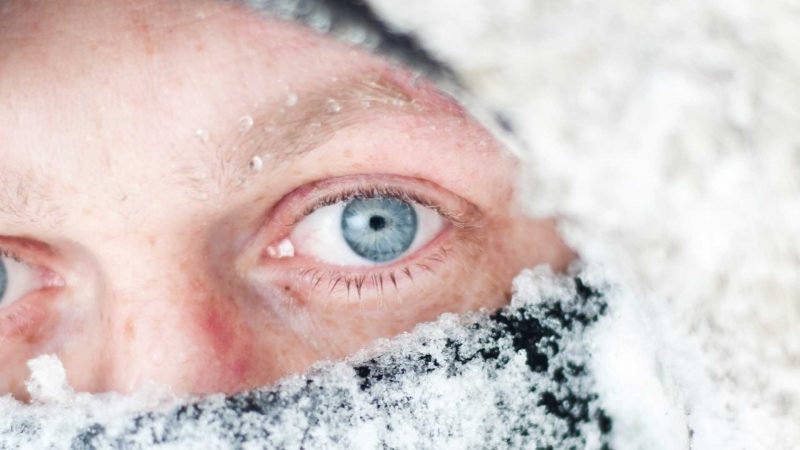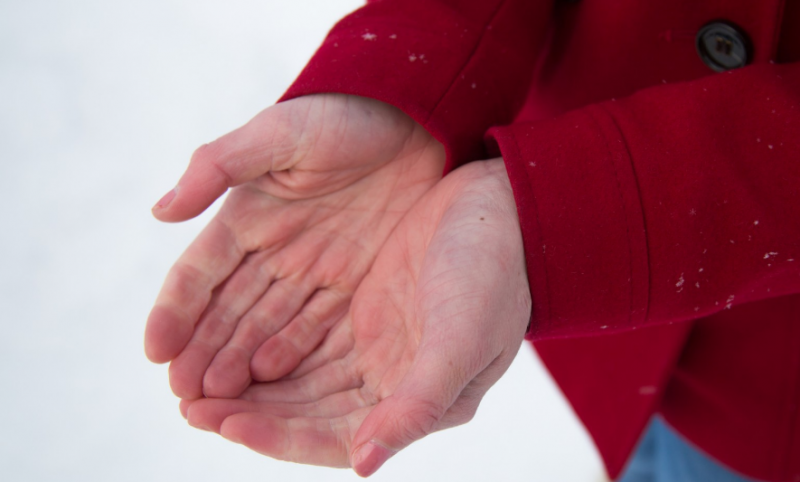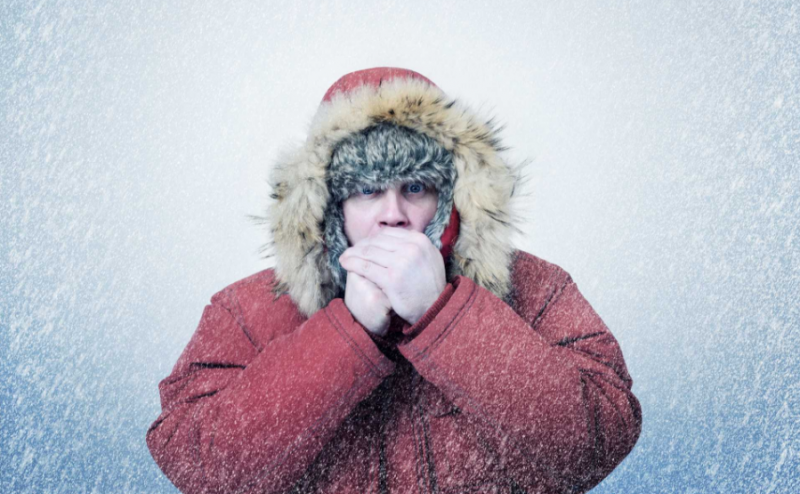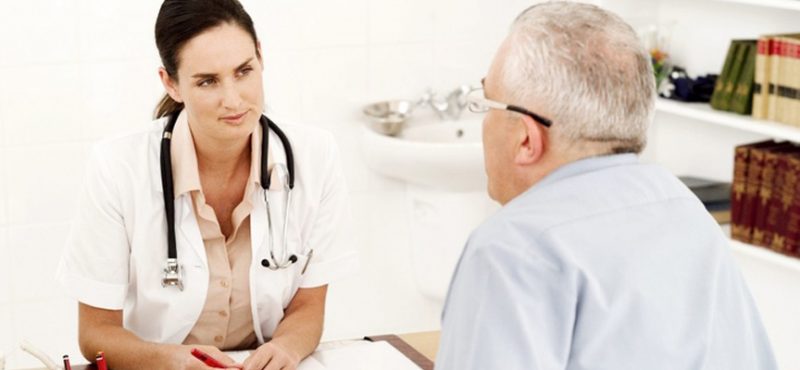Among the many varieties of lesions of the skin and muscle system, one of the most dangerous is frostbite. A long stay in the cold can not only cool the skin, but also provoke a number of negative consequences, even irreversible. How to help adults and children suspecting that they have frostbite?
Material Content:
What is frostbite
Frostbite is called a varying degree of severity of damage to any part of the body due to long-term exposure to low temperatures. Particularly severe cases are characterized by tissue necrosis. Often, such phenomena are observed in winter, when the air temperature on the thermometer reaches -10 - 20 ° C and below.
Note. Medical statistics say that most cases of frostbite have been reported in people who are intoxicated. A risk group is also made up of people with malfunctions of the immune and circulatory systems.
Signs and causes of hypothermia
The determining factor in frostbite is the effect of low temperatures on the human body. The latter reduce the effectiveness of the temperature control system, which, in fact, becomes the cause of frostbite.Some weather conditions, malfunctions in the circulatory system and the general weakened state of the human body also decrease regulation.
Gentle weather conditions include gusty winds and high humidity. Their action catalyzes heat transfer, and also worsens the thermally insulating functions of clothing. In these cases, frostbite is real and when the thermometer is above zero.
A person who is in a stationary position for a long time is also able to frostbite. Immobility reduces the activity of microcirculation, which provokes a further strong effect of cold on the body.
Weakened by diseases and other factors, the body is also prone to frostbite. Such weakness occurs due to blood loss, stress, various injuries, exhaustion.
Symptoms of frostbite depend on the degree of exposure to cold. So, for mild frostbite, lower body temperature, drowsiness, the appearance of "goose bumps" and blanching of the integuments are typical. A severe degree of frostbite provokes a slowdown in breathing and pulse, cooling of the skin and its blueness, loss of consciousness.
Degrees of freezing
In modern medicine, 4 degrees of freezing are distinguished:
- The easiest frostbite - the affected areas do not die. The skin becomes pale or, conversely, excessively red. At this moment, a person feels tingling and burning. Further, the frostbitten areas begin to go numb, and after emergency care - itch and hurt. Often people who have undergone slight frostbite recover within a week. More detailed time intervals depend on the degree of damage.
- An average degree is diagnosed after a long stay in the cold. Signs of this degree are similar to the same indicators of the first degree, but with moderate frostbite, the symptoms and consequences are more severe. Two days after the lesion, bubbles are formed on the skin of the victim, filled with a clear liquid. With proper treatment, the person recovers within 2 weeks.
- Severe degree of cold damage. Blisters with bloody contents form on the skin. All skin elements die, the fingernails go off. Within 3 weeks, scars form on the frost-bitten places, while the nails can grow deformed or not recover at all. In this case, scarring of the integument can last up to 30 days.
- An extremely severe degree is diagnosed with a particularly long stay in the cold. This degree refers to the most severe, since it is characterized by the death of not only tissues, but sometimes - bones and joints. Often severe frostbite provokes gangrene and entails the amputation of cold-affected areas.
Severe frostbite requires immediate emergency care for the victim.
First aid
It is important to have an idea of basic first-aid measures for a victim of a cold. Special measures should be aimed at restoring blood circulation and heat transfer of the patient. If the necessary conditions are not met, the victim can get a serious infection up to the development of sepsis.
Cold foot injury
Mild frostbite of the lower extremities often does not require any special therapy. After a few days, under normal temperature conditions, the skin integument will recover on its own. In these cases, it is recommended that the victim's legs be rubbed before redness. At the same time, a warming massage can be carried out with your hands or rubbed frost-bitten places with a woolen cloth or breath. In conclusion, a cotton-gauze dressing should be applied to prevent subsequent cooling.
If a person has 2 - 4 degrees of hypothermia, rubbing, massage and quick warming is not recommended. First-aid care involves applying a heat-insulating dressing to the affected areas.The latter should consist of several layers: gauze - cotton wool - gauze - oilcloth. Frozen limbs are fixed with improvised objects, for example, plywood, boards, bandaging them with a bandage on top. To prevent subsequent cooling, it is permissible to use a woolen cloth.
Frostbite face
Mild degrees of frostbite on the face allow the application of warm compresses on the surface of the skin (you can use decoctions of herbs, such as chamomile or calendula). Their temperature should not exceed 39 ° C. It is also allowed to treat the face with Bepanten cream (only if the person warms up a little). This remedy can be used in the next day to completely restore frostbitten areas.
Deep defeat of the face with cold (stage 2 or more) requires the immediate transportation of the victim to the doctor to receive qualified medical care. In such cases, antibiotic treatment may be required, and sometimes even surgical procedures.
Prior to the arrival of a physician or transportation of a patient to a medical facility, do not rub his face or apply compresses on it.
It is necessary to ensure the general warming of the victim (warming with clothing, staying in a warm room, etc.). It is permissible to solder the patient with warm, warming drinks.
Hand hypothermia
Frostbite hands should not be rubbed with a rough cloth or snow. Such manipulations can harm the skin and cause injury.
- With a slight frostbite of your hands, it is enough to go into a warm room and wait a while.
- Next, you need to apply an antiseptic cotton-gauze dressing and cover it with a woolen cloth on top. The same manipulation should be performed if a person has been in the cold for a long time.
- Insulated limbs should be protected with all their might from further hypothermia and urgently transport the victim to a medical facility or call emergency care.
Note. During first aid during frostbite, it is important to warm the victim not only from the outside, but also from the inside.
In addition to warming drinks, it is permissible for a patient to be given an Aspirin or Analgin tablet - they will help reduce the burning sensation and itching that certainly occurs when skin is thawed. Also, these drugs help to thin the blood and restore blood circulation. Eliminate vascular spasm and tidy the heart rhythm by taking the Papaverine pill.
What can not be done with frostbite of 1, 2, 3 and 4 degrees
Often, people around try to help a person affected by the cold, but worsen his condition.
In order to prevent this, under no circumstances should the following measures be taken:
- Rubbing the affected areas with snow is a great risk of damage to the skin.
- Ignore a doctor's visit, especially in cases of severe frostbite.
- Rub the patient with oil and alcohol tinctures, especially if vast or deep tissue areas are affected.
- Too much rubbing the skin
- Open the resulting bubbles.
- Take energy, alcohol, coffee. These drinks dilate blood vessels and can only aggravate the deterioration of the skin.
- Blow hot water over your face or apply very hot compresses to it.
Also, do not lubricate affected areas with fat. The latter contribute to clogging of pores and prevents the penetration of oxygen to the integument.
When to go to the doctor
It is permissible to do without medical assistance to a person who has been in the cold for a long time exclusively at the first stage of frostbite.
You need to contact a specialist in the following cases:
- When warm water does not help restore affected areas of the face.
- If due to frostbite, vesicles appear on the surface of the integument, and the skin itself darkens.
- When the patient has the basic symptoms of hypothermia: slow speech, confusion, dizziness, fatigue, nausea, etc.
In the presence of at least one of these symptoms, delay in contacting a doctor is fraught with a worsening of the patient's condition and the development of further complications.
Features in children
Children are usually very happy with the first in the snow and enjoy walking in the fresh air during this period. But do not forget about the sensitivity of the delicate skin of children to the effects of temperatures. Babies often suffer from frost, because their body does not yet know how to regulate heat transfer.
A child is able to cool down simply by sitting in a bench in the winter or even standing in the company of friends and sweating from outdoor games.
It is necessary to ensure that the child does not remain long without movement. Do not forget that the crumbs are capable of overcooling even at a thermometer of 0 ° C.
Tracking baby hypothermia is easy. With him, the baby trembles, his skin becomes cold and pale, covered with goosebumps. Speech becomes inhibited or, conversely, extremely fast and jerky. Body temperature drops to 35 ° C and below.
If careful parents have noted signs of cooling in the child, several simple rules should be followed:
- Immediately bring the baby into a warm room.
- Free from clothing and sit in a warm bath (water temperature should be 36 ° C and gradually rise to 40).
- The duration of a bath is up to half an hour.
- It is also necessary to warm the child's body from the inside. This will help warm strong sweet tea.
After all the manipulations made, the child is recommended to wrap up and send to a warm bed.
Do not forget that general hypothermia of the body can provoke serious consequences, up to malfunctioning of cardiac activity or severe pneumonia. If parents have doubts about the condition of their child, they should immediately call for emergency help or take the baby to the doctor.
A long stay in cold conditions can lead to a dangerous phenomenon called frostbite. Immediate first aid (PMP) in some cases can prevent possible complications associated with hypothermia.


